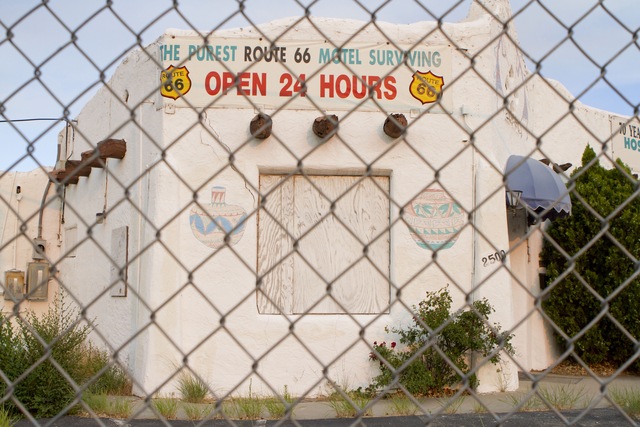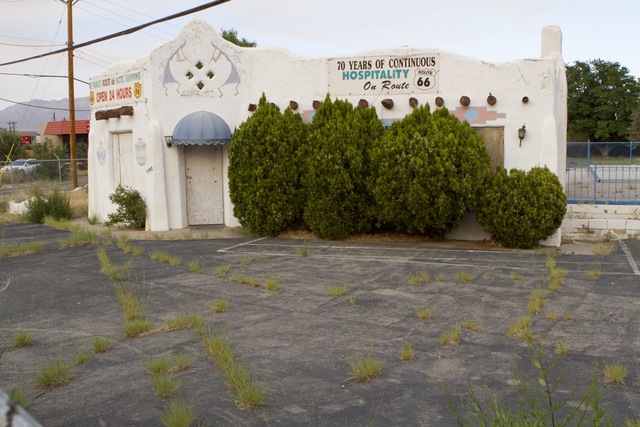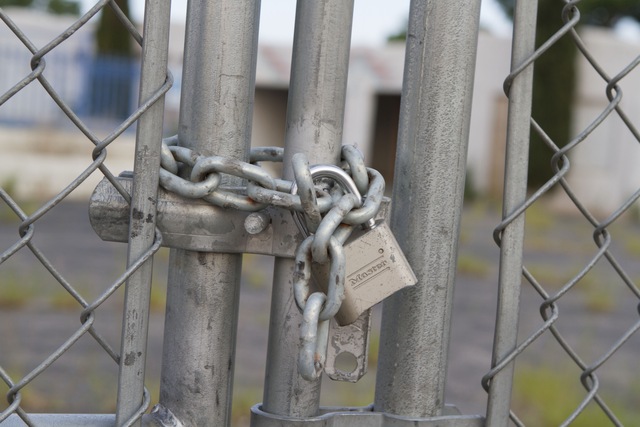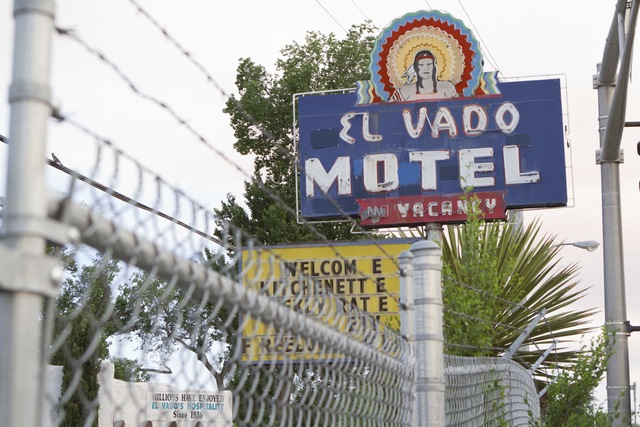A Ford In The Rio Grande: El Vado Auto Court’s Uncertain But Promising Future
El Vado Auto Court’s Uncertain But Promising Future


Eric Williams ericwphoto.com

Eric Williams ericwphoto.com

Eric Williams ericwphoto.com








